Med spa treatment options are as diverse as their clientele, from laser hair removal and chemical peels to facials and IV hydration treatments. With the right tools and experienced licensed professionals, your med spa can offer clients a safe and relaxing environment where they can receive medical-grade therapies to help them look and feel their best.
While the popularity of particular treatments will vary depending on many factors, incorporating some of the most popular procedures can be crucial to the success of your business. If you’re not offering some of the most popular med spa services, you may miss out on both clients and the revenue that comes with them.
Based on the number of online searches performed in January & February 2023, we’ve assembled a list of the ten most popular medical aesthetic treatments in the United States. From Kybella to laser hair removal, we will explain what you need to know about these sought-after treatments and why they are worth considering for your treatment menu.
10. Kybella® (Injection lipolysis)
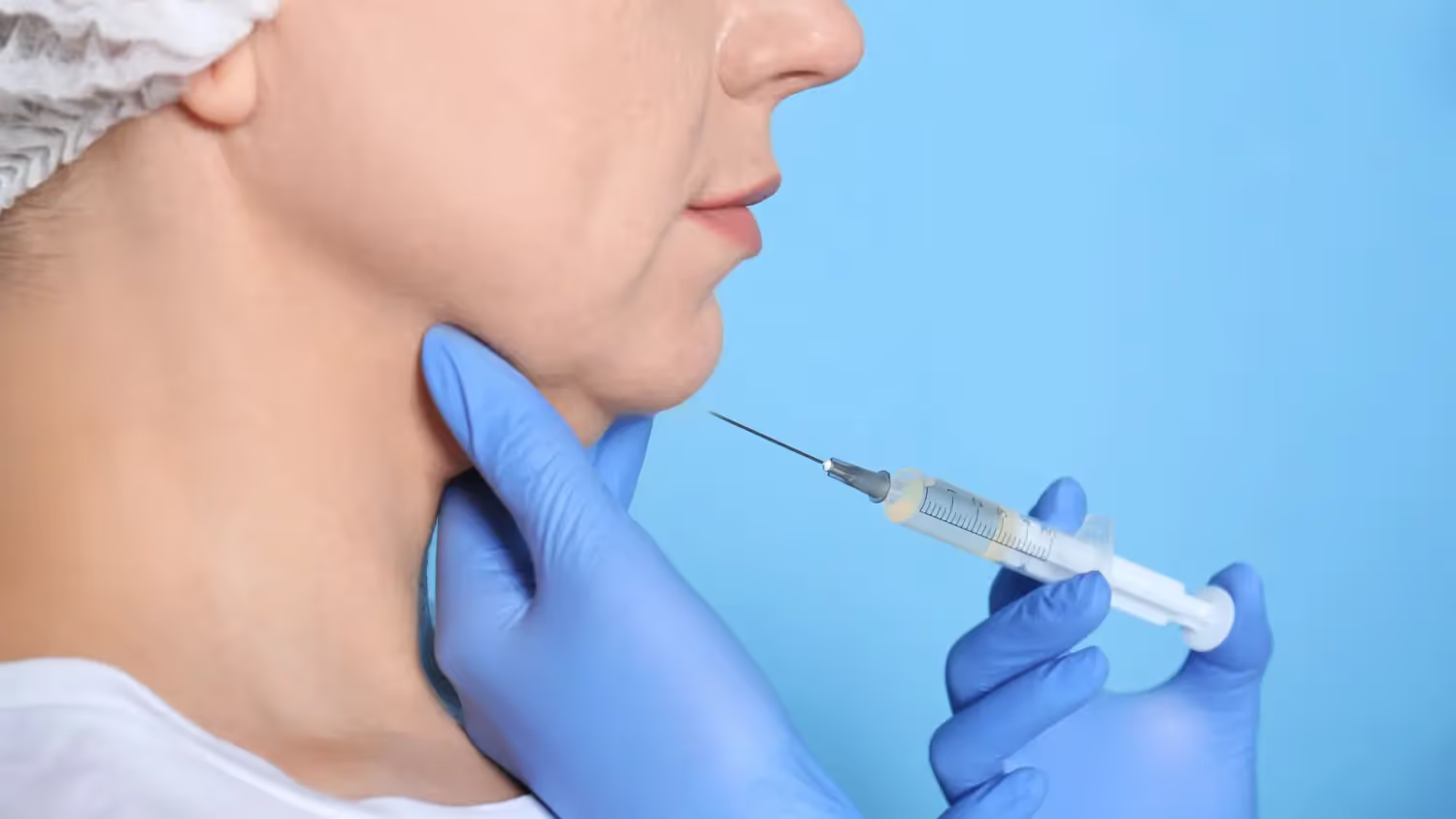
Kybella® (or Belkyra® in Canada) is an injectable form of Deoxycholic acid that removes excess fat from the area under the chin. This area — known as the “double chin” — is a common concern for many patients. Popular as a non-surgical and non-invasive option for people looking to improve the appearance of their chin and neck area without undergoing surgery, Kybella offers fat reduction with no scarring and minimal recovery time (two days to two weeks).
- Moxie's in-depth article: Considering Kybella® for your Spa? Our Guide to this Popular Med Spa Treatment for Double Chin
How does Kybella work?
Kybella dissolves the fat cells under the chin, which the body then breaks down and disposes of naturally. As the body does not replace fat cells, the results are permanent if healthy habits are maintained.
How is Kybella administered?
In a treatment session, Kybella is injected directly into the area under the chin. Every patient is different, but to see effective results, patients may require up to 6 Kybella injections. Each session typically takes about 20-30 minutes, and the amount of Kybella injected depends on each patient’s aesthetic goals.
Average per session fee: $941
9. Chemical peels
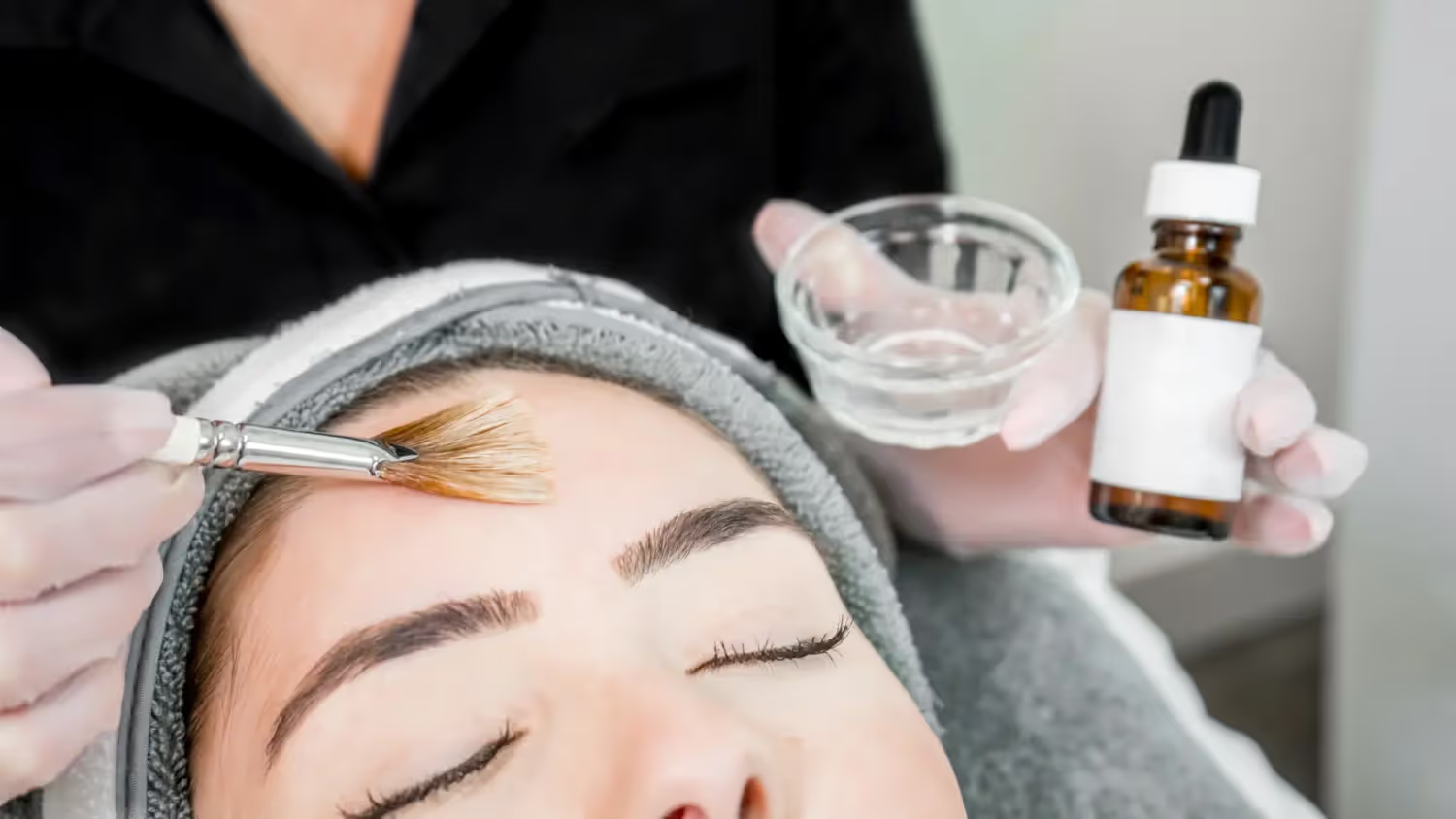
Chemical peels involve applying an acidic solution to exfoliate and remove the outermost layers of a patient’s skin. This can improve the appearance of fine lines, sun damage, hyperpigmentation, and other skin imperfections.
Chemical peels come in a variety of strengths and formulas. Light surface peels, such as glycolic or lactic acid peels, penetrate only the outermost layer of skin and improve the appearance of fine lines, sun damage, and mild hyperpigmentation. Deeper peels, such as TCA or phenol peels, penetrate multiple layers of skin and treat more severe skin damage, such as deep wrinkles, severe hyperpigmentation, and precancerous skin growths.
How do chemical peels work?
When an acidic solution is applied to the skin, it causes the top layer of skin cells to dry and eventually peel off. The depth of the peel depends on the type of acid used, the concentration of the solution, and how long it is left on the skin.
Removing the damaged outer layers of skin stimulates the production of new skin cells and collagen, which helps improve the skin’s texture, tone, and elasticity. Over time, the continued growth of new skin cells can lead to a more youthful and radiant complexion.
How are Chemical Peels administered?
The process usually involves the following steps:
- Cleaning: The patient’s skin will be thoroughly cleaned to remove any makeup, oils, or other impurities that could interfere with the peel.
- Prepping: The skin may be treated with a prepping solution to help absorb the chemical peel better.
- Applying the peel: The chemical solution is applied to the skin using a brush, cotton ball, or applicator. The strength and duration of the peel will vary depending on the results desired.
- Neutralizing: After the desired amount of time has passed, a neutralizing solution or water will be used to neutralize the acid.
- Aftercare: The skin will be cleaned and treated with a moisturizer or other aftercare products. Sunscreen is also typically applied to protect the skin from further damage.
Average per session fee: $519

8. Laser tattoo removal
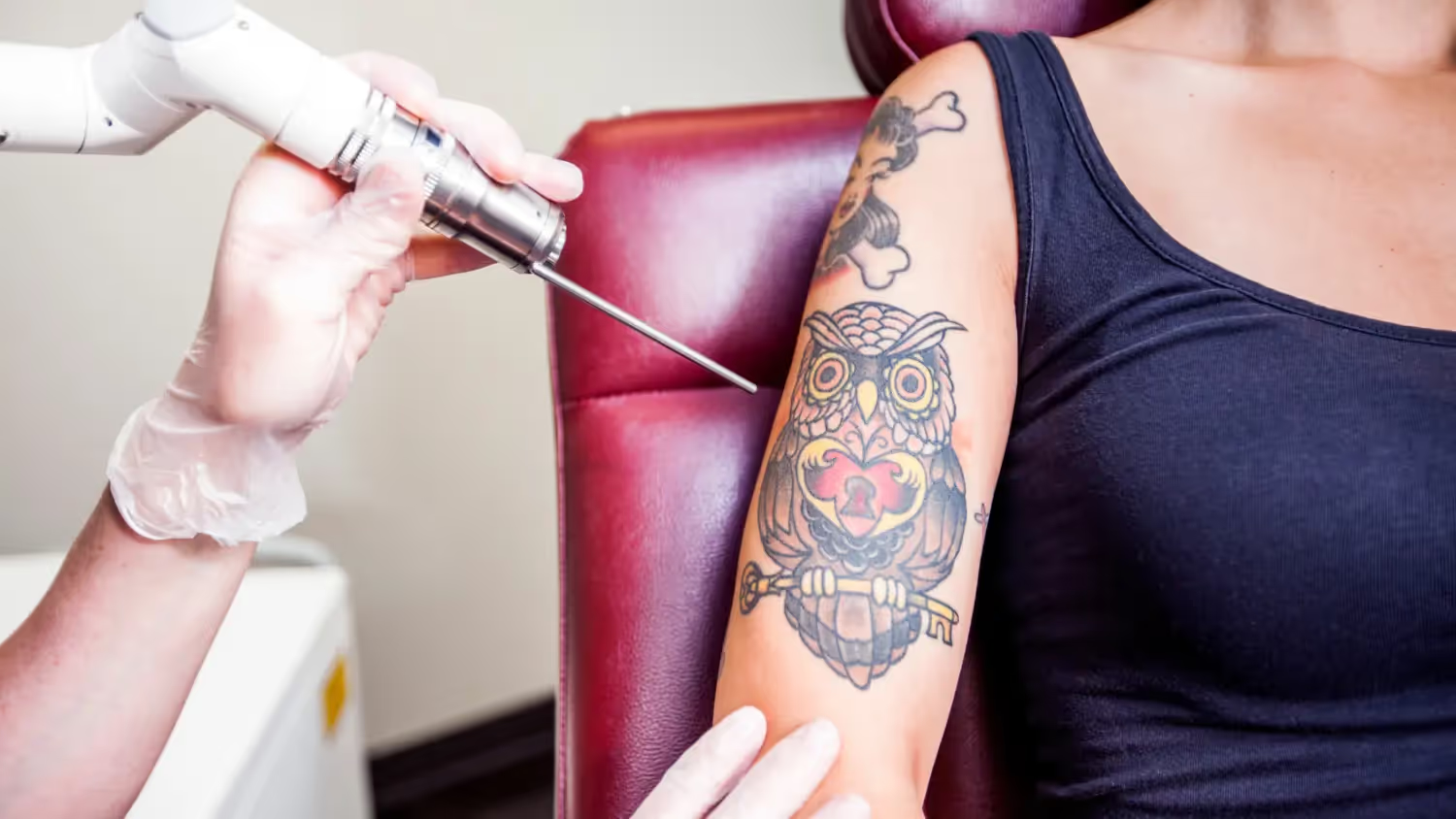
Laser tattoo removal is a cosmetic procedure that uses laser technology to break down and remove tattoo pigment particles from the skin.
Laser tattoo removal is a popular choice for many who want to remove tattoos they no longer want, as it is generally considered a safe and effective option. The procedure can be performed on most body areas and is usually well-tolerated, with patients reporting only mild discomfort during the treatment.
How does laser tattoo removal work?
During the treatment, a laser emits short pulses of intense light that penetrate the skin and target the tattoo pigment. The laser energy breaks down the tattoo pigment into smaller particles, which are absorbed and eliminated by the body’s immune system.
How is laser tattoo removal administered?
During a typical laser tattoo removal session, the patient’s skin will be cleaned, and numbing cream or ice may be applied. The tattoo removal specialist will then use a specialized laser to deliver intense bursts of light energy into the skin to break up the tattoo ink particles. The patient may feel discomfort, often described as a rubber band snapping against the skin. After the session, the treated area may be covered with a sterile dressing or ointment.
Multiple sessions are usually necessary to achieve complete tattoo removal, and the exact number of sessions required depends on factors such as the size, color, and age of the tattoo.
Average per session fee: $423
7. Hormone Replacement Therapy (HRT)
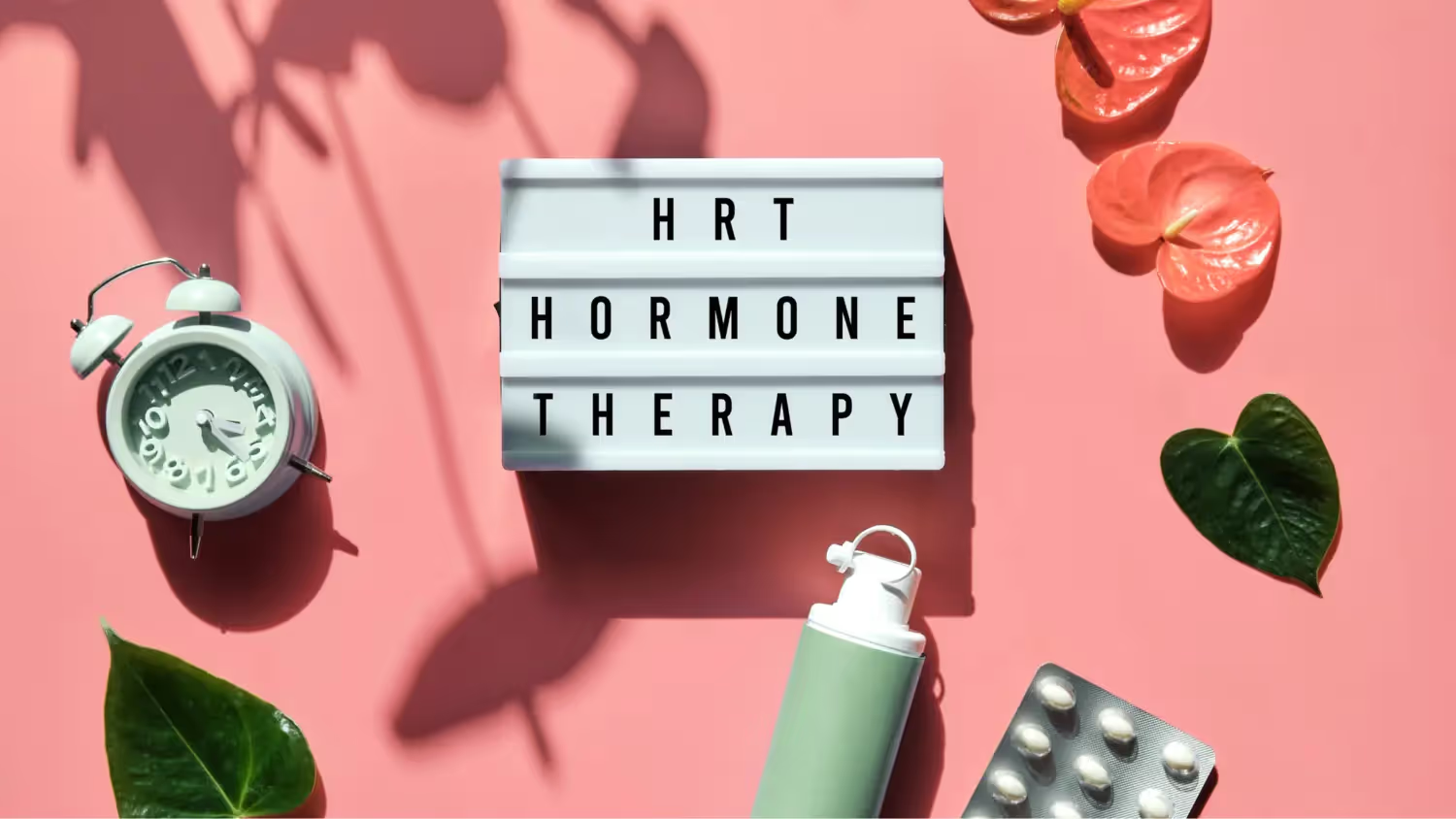
HRT (Hormone Replacement Therapy) is a medical treatment in which hormones, such as estrogen and/or progesterone for women or testosterone for men, are prescribed to help alleviate symptoms of hormonal imbalances or deficiencies, such as those experienced during menopause or andropause.
How does HRT work?
HRT (Hormone Replacement Therapy) supplements the body with hormones, such as estrogen and/or progesterone for women or testosterone for men, to alleviate symptoms of hormonal imbalances or deficiencies.
Regardless of gender, patients undergoing HRT must have their hormone levels regularly monitored by a healthcare professional to ensure that the therapy is effective and safe. Their doctor may need to adjust the treatment regimen as time progresses.
How is HRT administered?
HRT can be administered in various ways, including oral tablets, patches, gels, injections, and pellets. The specifics of a standard HRT (Hormone Replacement Therapy) treatment regimen will depend on the patient’s needs, medical history, and the prescribed HRT.
For women, HRT may involve taking estrogen alone or in combination with progesterone, which can be administered cyclically or continuously depending on the patient’s needs and medical history.
For men, HRT may involve testosterone replacement therapy administered through injections, transdermal patches or gels, or pellets implanted under the skin.
Annual cost of HRT:
- Injectable: $480-4,800 (Uninsured)
- Pellets: $1050-1,400 (Women)
- Pellets: $1400-2100 (Men)
- Dermal: $120-1020 (Uninsured)
6. CoolSculpting (Cryolipolysis)

CoolSculpting is a non-invasive body contouring procedure that uses controlled cooling to freeze and eliminate fat cells in specific body areas. The process is designed to reduce pockets of stubborn fat resistant to diet and exercise, such as the abdomen, love handles, back, and thighs.
- Moxie's in-depth article: The Business & The Science of Non-Invasive Body Sculpting
How does CoolSculpting work?
During a CoolSculpting treatment, a gel pad and applicator are placed on the targeted area, and the applicator delivers controlled, ultra-low temperature cooling to the site. The fat cells are frozen and then naturally eliminated by the body over the following weeks and months.
How is CoolSculpting administered?
CoolSculpting is a minimally-invasive procedure, and there is no need for incisions, needles, or anesthesia. CoolSculpting is considered a safe and effective option for reducing fat, and patients typically report minimal discomfort during the treatment, which can last anywhere from 35 minutes to 1 hour.
The results of CoolSculpting take time, and it can take several weeks or months for the full effects to be visible. However, the fat cells eliminated with CoolSculpting are permanently removed and will not return.
Average per session fee: $1437
5. Microdermabrasion & HydraFacial®
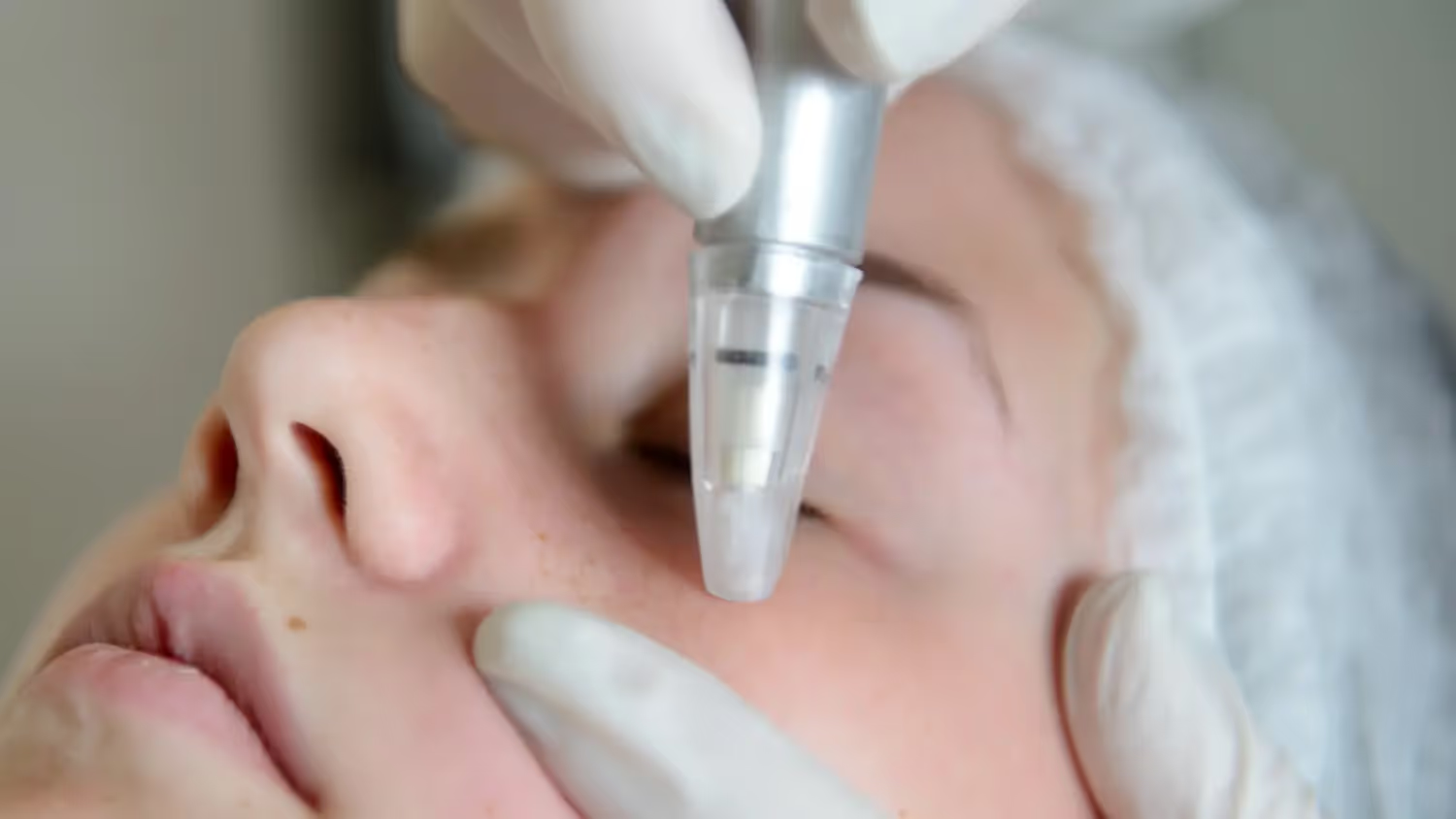
Microdermabrasion is a minimally invasive cosmetic procedure that uses fine particles to exfoliate the outer layer of skin and remove dead skin cells, revealing smoother and brighter skin. A non-invasive procedure that requires little to no downtime, microdermabrasion is a convenient option for those with busy schedules.
The process is safe and effective for various skin concerns, including fine lines, wrinkles, age spots, sun damage, and hyperpigmentation.
HydraFacial® is a type of microdermabrasion treatment that uses a specialized device to deliver deep cleansing, exfoliation, and hydration to the skin. The HydraFacial procedure combines the benefits of microdermabrasion with a unique serum delivery system to cleanse, exfoliate, extract, hydrate, and protect the skin.
- Moxie's in-depth article: How Does Microdermabrasion Work? Exploring its Effectiveness & Profitability
How does Microdermabrasion work?
In microdermabrasion & HydraFacial, a handheld device exfoliates the outermost layer of the skin. Typically this involves spraying fine crystals or a diamond-tipped wand to exfoliate the skin while simultaneously vacuuming up the exfoliated skin and debris.
The process triggers the body’s natural healing response, which stimulates collagen and elastin production, two essential proteins for maintaining healthy, youthful skin. As the old, damaged skin is removed, new skin cells are revealed, resulting in a smoother, brighter, and more even skin tone and texture.
HydraFacial uses a specialized machine to both exfoliate and infuse the skin with nourishing serums, while microdermabrasion does not include the simultaneous infusion of serums.
How is Microdermabrasion administered?
In microdermabrasion or a HydraFacial session, the patient’s skin is cleaned and prepared for treatment.
The patient may feel a mild scratching or vibrating sensation during the treatment, but it is generally not painful. After the session, the patient’s skin may be slightly pink and sensitive, and the practitioner may apply a soothing moisturizer or serum. The entire procedure typically takes 30-60 minutes, depending on the size of the treatment area.
Average per session fee (Microdermabrasion): $167
Average per session fee (HydraFacial): $150-300

4. Dermaplaning
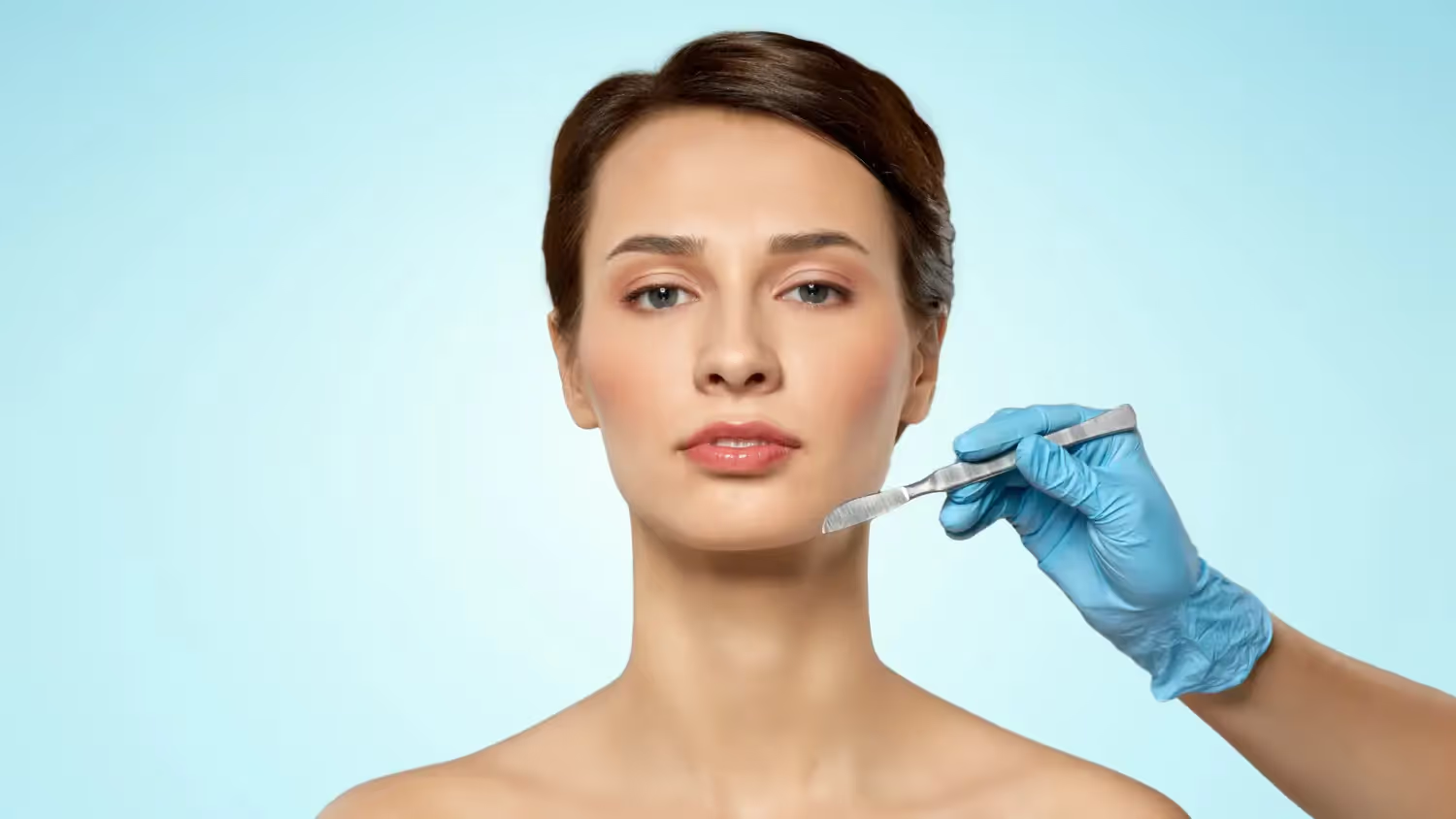
Dermaplaning is a cosmetic procedure that uses a specialized blade to gently scrape the top layer of skin, removing dead skin cells, peach fuzz, and fine hair. The process exfoliates the skin and improves its overall texture and appearance, resulting in a smoother, brighter, and more youthful-looking complexion.
Dermaplaning is often used to treat a variety of skin concerns, including fine lines, acne scars, and uneven skin tone.
How does Dermaplaning work?
Dermaplaning removes the outermost layer of dead skin cells and fine vellus hair, or "peach fuzz," from the skin's surface. This process helps to stimulate cell regeneration and renewal, which can improve the overall health and appearance of the skin.
Removing dead skin cells and vellus hair during dermaplaning can also help improve the skin's texture and tone by reducing the appearance of fine lines, wrinkles, and other signs of aging. Additionally, by removing the outermost layer of dead skin cells, dermaplaning can help improve skincare products' absorption and effectiveness by allowing them to penetrate more deeply into the skin.
Another effect of dermaplaning is increased circulation to the skin. As the blade is moved over the skin, it can help stimulate blood flow, which can bring oxygen and nutrients to the skin's surface, helping to improve its overall health and appearance.
How is Dermaplaning administered?
During the 30-minute procedure, the aesthetician or dermatologist will cleanse the skin and then use a scalpel or dermaplaning blade to gently scrape the top layer of skin away. The process is painless and does not require anesthesia, and patients typically report only a mild scratching sensation.
Average per session fee: $125
3. Microneedling
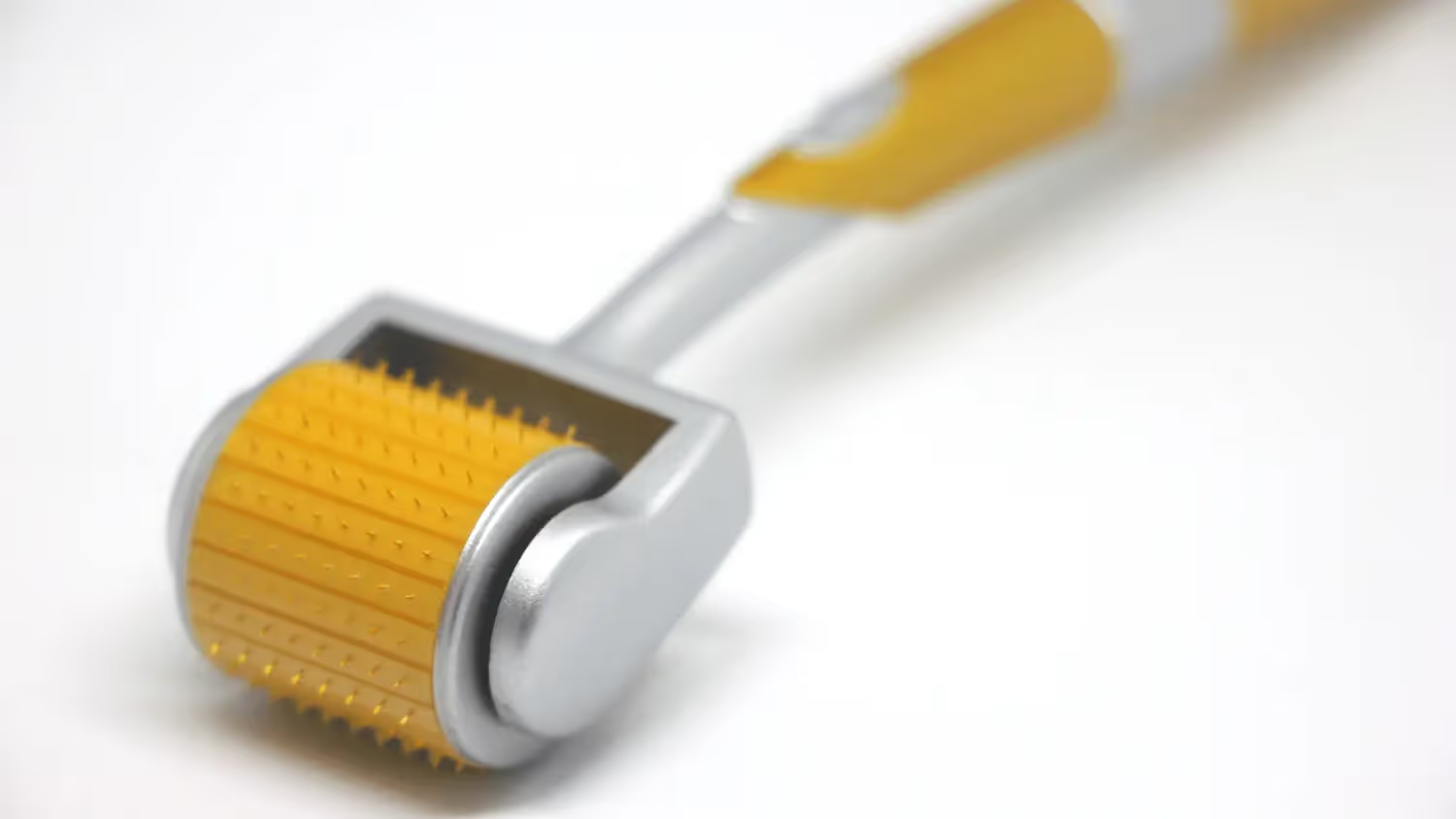
Microneedling uses micro needles to induce natural heeling processes in the skin. It is typically performed by a licensed aesthetician or dermatologist and is considered a safe and effective treatment for various skin concerns, including fine lines and wrinkles, acne scars, hyperpigmentation, and sun damage.
The procedure can also improve the overall texture and tone of the skin, resulting in a smoother, brighter, and more youthful-looking complexion.
- Moxie's in-depth article: Introducing Microneedling: What You Need to Know Before Adding to Your Spa
How does Microneedling work?
Microneedling is a cosmetic treatment that involves using tiny (0.5-2.0mm) needles to create microscopic punctures in the skin. Controlled skin damage stimulates collagen and elastin production via the body’s natural healing processes.
Some common types of microneedling devices include:
- Dermapens: Dermapens are handheld devices that use a needle tip to create punctures. They are available in various needle lengths and configurations and are typically used to treat fine lines, wrinkles, and acne scars.
- Dermarollers: Dermarollers are manual devices with a handle attached to a cylinder covered in tiny needles that can be rolled across the skin. They are typically used to treat large areas of skin and are available in various needle lengths and configurations.
- Stamps: Stamps are handheld devices stamped onto the skin to create the punctures. They are typically used to treat small, targeted areas around the eyes and mouth.
How is Microneedling administered?
During the procedure, the aesthetician or dermatologist will cleanse the skin and then use the microneedling device to create tiny punctures in the skin. Depending on the desired results and the patient’s skin type, the device can be adjusted to different depths, or another roller can be used. After the procedure, the skin may appear slightly red and sensitive, but these symptoms typically subside within a few hours.
Microneedling is typically performed in a spa or medical setting. The procedure can take anywhere from 30 minutes to an hour, depending on the size of the treated area and the desired results. No downtime is required after the procedure, and patients can resume their normal activities immediately.
Per session fee range: $100-550
2. Neuromodulators (Botox®, Dysport®, Xeomin®)
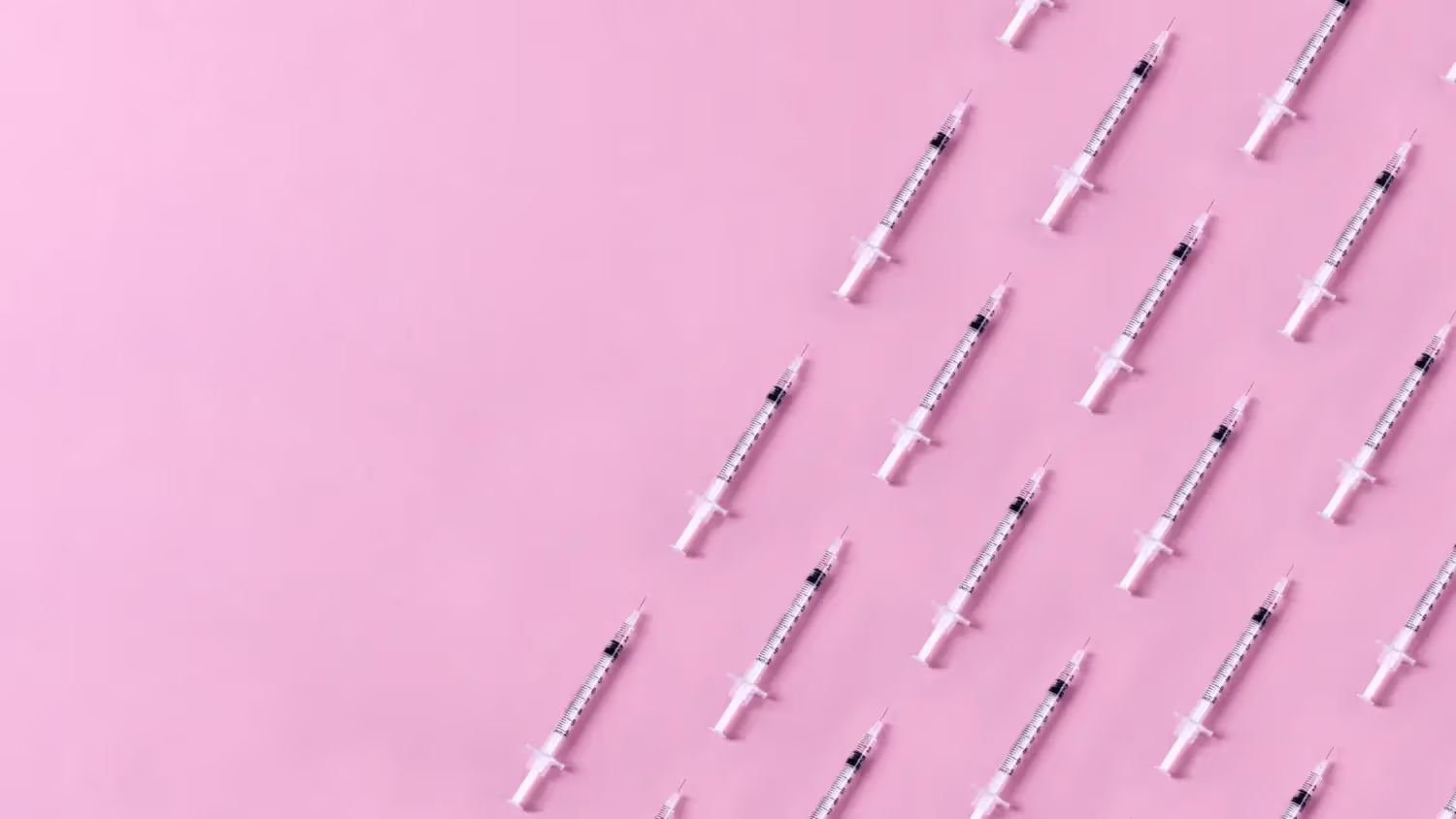
Neuromodulators are injectable medications that temporarily reduce the appearance of fine lines, wrinkles, and other signs of aging.
Some common neuromodulators include:
- Botox®: Botox is a well-known and widely used neuromodulator. It is made from botulinum toxin type A and is used to treat wrinkles and fine lines in areas such as the forehead, between the eyebrows, and around the eyes.
- Dysport®: Dysport is another neuromodulator made from botulinum toxin type A. It treats fine lines and wrinkles, particularly on the forehead and around the eyes. It differs from botox in that it contains no accessory proteins, which may reduce the ability of the body to become resistant to treatment.
- Xeomin®: Xeomin is a newer neuromodulator also made from botulinum toxin type A. It treats fine lines and wrinkles in the same areas as Botox and Dysport. Like Dysport, it contains no additional proteins meaning it is less likely to induce resistance.
All neuromodulators work by blocking the signals from the nerves to the muscles, causing them to relax and reducing the appearance of wrinkles.
- Moxie's in-depth article: Injecting 101: An Intro to Botox, Dysport, Xeomin & Other Neuromodulators
How do Neuromodulators work?
Neuromodulators work by blocking the signals from the nerves to the muscles, causing them to relax and reducing the appearance of wrinkles.
The active ingredient in neuromodulators, such as Botox, Dysport, and Xeomin, is a type of botulinum toxin that temporarily blocks the release of a chemical called acetylcholine, which is responsible for transmitting signals from the nerves to the muscles. By blocking the release of acetylcholine, the muscles relax, and the skin appears smoother and less wrinkled.
The effects of the treatment typically take several days to become apparent and can last for 3-6 months, after which the treatment will need to be repeated to maintain the results.
How are Neuromodulators administered?
A Botox treatment session typically involves the following steps:
- Consultation: The patient consults with a licensed practitioner, such as a dermatologist, cosmetic surgeon, or other professional serving as an authorizedmedical director. During this consultation, the practitioner will assess their skin and medical history to determine if neuromodulators are suitable and what areas should be treated.
- Cleaning the skin: The area to be treated will be cleaned to remove any dirt, oils, or other substances that could interfere with the injection.
- Marking the areas: The practitioner will use a pen to mark the specific areas to be treated to ensure the injections are placed correctly.
- Injections: The practitioner or an authorized injector will use a fine needle to inject Botox into the targeted muscle. The needle is very small, and the injections are typically well tolerated, with only minor discomfort.
- Post-treatment: After the injections, the practitioner will provide aftercare instructions, including avoiding alcohol and exercise for a certain period and avoiding lying down for several hours.
- Follow-up: The practitioner will schedule a follow-up appointment to assess the treatment results and determine if any further injections are needed.
The treatment session typically takes about 30 minutes to an hour, and the treatment results usually become apparent within several days, with full results seen within two weeks. The effects of neuromodulators typically last for 3-6 months, after which the treatment must be repeated to maintain the results.
Average per session fee: $466
1. Laser Hair Removal (LHR)
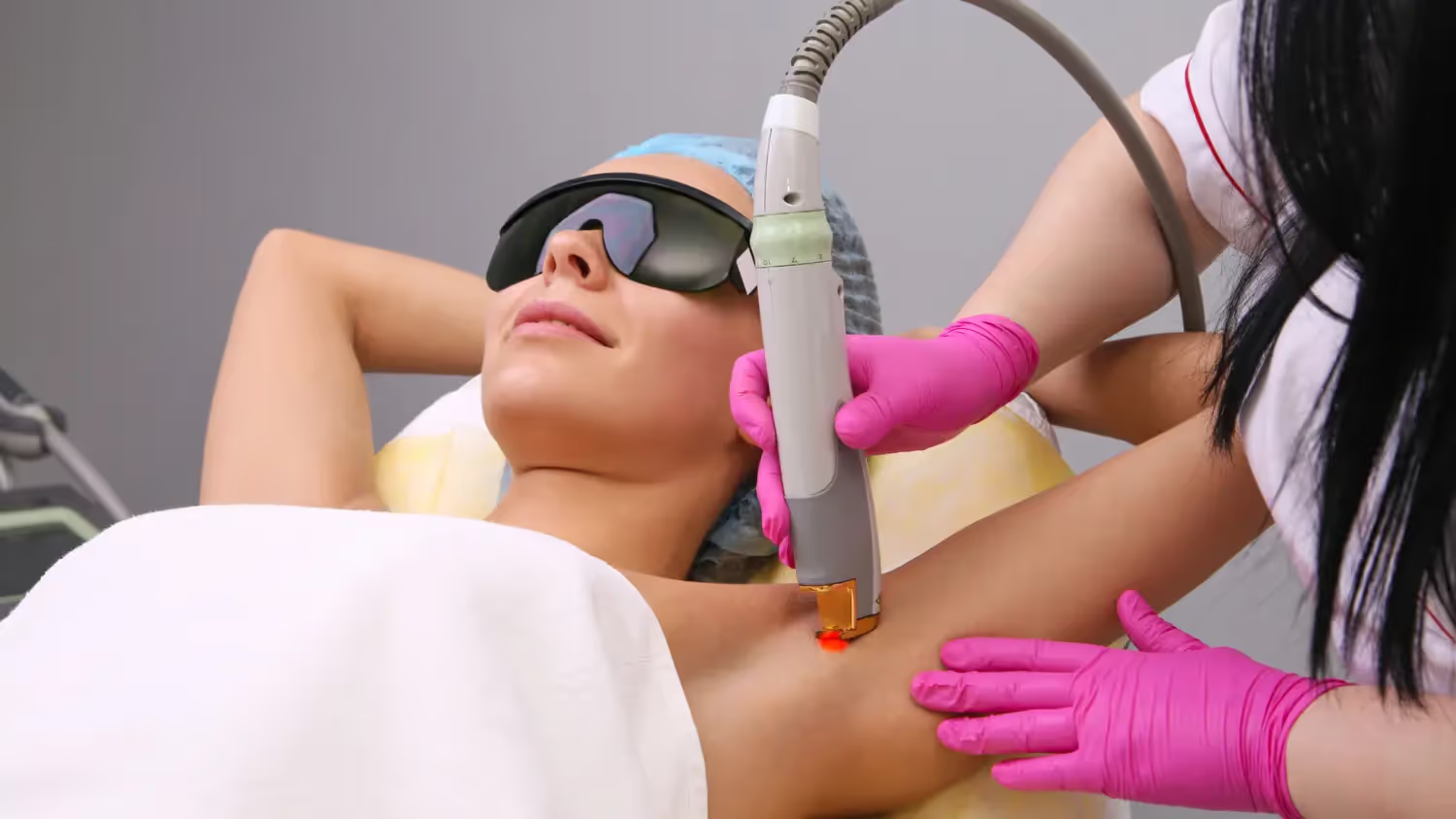
Laser hair removal is a cosmetic procedure that uses intense, pulsating beams of light (lasers) to remove unwanted hair. The process is commonly used on the face, legs, arms, underarms, and bikini area but can be performed on any part of the body where hair growth is unwanted.
- Moxie's in-depth article: The Ins and Outs of Laser Hair Removal: What Med Spa Owners Need to Consider
How does Laser Hair Removal work?
Laser hair removal targets the melanin, or pigment, in the hair follicle. The laser emits a beam of light that is absorbed by the melanin and converted into heat. This heat damages the hair follicle, which slows or stops future hair growth.
The laser is typically set to a specific wavelength that is best absorbed by the melanin in the hair, which maximizes the effectiveness of the treatment while minimizing damage to the surrounding skin.
How is Laser Hair Removal administered?
Laser hair removal is usually administered by a licensed and trained medical or aesthetic professional in a medical clinic or spa setting. The procedure typically takes place in a private room and takes 30 minutes to an hour, depending on the size of the area being treated.
The area to be treated should be shaved, cleaned, and dried before the procedure to remove any hair and debris. The practitioner may apply a cool gel or lotion to the skin to protect it from the laser's heat.
The practitioner will place protective eyewear over the patient's eyes to shield them from the laser light. During the treatment, a cooling device or gel may help soothe the skin and reduce discomfort.
It's important to note that multiple treatments are typically required to achieve optimal results, as hair growth occurs in cycles, and not all hair follicles are actively growing simultaneously. The number of treatments needed will depend on the individual and their specific hair growth patterns.
Average per session fee: $389
In Summary
For new spa owners, identifying the best options to expand your professional reach while setting up and growing your practice is essential. A well-planned med spa offering with popular treatments will draw more patients and increase revenue.
For established businesses, as the number of med spas continues to grow and overhead costs continue to rise, you may find profit margins shrinking. If you’re in this group, how can you increase revenue? One way is to add new or updated services to your offerings.
By offering an exciting array of unique med spa treatments and the highest standard of care, you can differentiate your med spa from the competition and create an experience that will keep clients coming back for more. Giving customers something new to look forward to is a great way to build loyalty and boost sales.
At Moxie, we’re dedicated to helping our clients succeed. We’ll work with you to create a treatment offering plan that meets your needs and enables you to grow your business. Contact us today to Learn More About Moxie and How We Can Help You Open Your Own Med Spa >
*This article is intended to provide a general guide on what professional licenses and conditions are needed to operate a practice or perform certain treatments. This information alone does not authorize, certify, or confer the ability of anyone to perform these treatments, practice outside their scope, or violate the corporate practice of medicine.
While based on currently available information, the rules and policies on scope of practice issues and ownership can, and do, change frequently. Specific training, education, supervision, protocol and regulatory requirements will differ depending on each person's situation in their state. Therefore, each person must examine their own professional situation, skill level, regulating board guidance, and scope of practice before proceeding.
You should not act upon this information without seeking knowledgeable legal counsel that takes into account the laws of your specific jurisdiction. All uses of the content of this site, other than personal uses, are prohibited.
When you're ready to take the next step in launching or growing your aesthetic practice, here are 3 ways Moxie can help:




